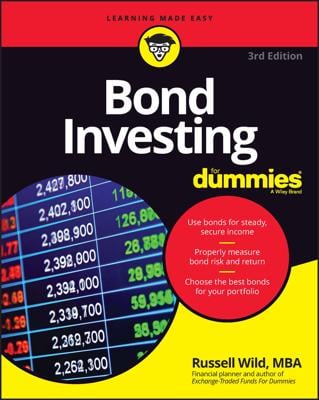A company’s bond rating offers insight into the organization’s financial strength. Bonds get rated for quality for the same reasons that consumer agencies rate products such as cars or toasters — to gauge and communicate quality.
Standard & Poor’s (S&P) is the major independent rating agency that looks into bond issuers. It looks at the issuer of a bond and asks the question “Does the bond issuer have the financial strength to pay back the bond and the interest as stipulated in the bond indenture?”
If the bond rating is good, the company is strong enough to pay its obligations, which include expenses, payments on debts, and dividends. If a bond rating agency gives the company a high rating (or if it raises the rating), that’s a great sign for anyone holding the company’s debt or receiving dividends. Conversely, a lowered rating indicates the company’s financial health is deteriorating, while a bad bond rating means the company is having difficulty paying its obligations.
The highest rating issued by S&P is AAA. The grades AAA, AA, and A are considered “investment grade” or of high quality. Bs and Cs indicate a poor grade, while anything lower than that is considered very risky (the bonds are referred to as junk bonds).

